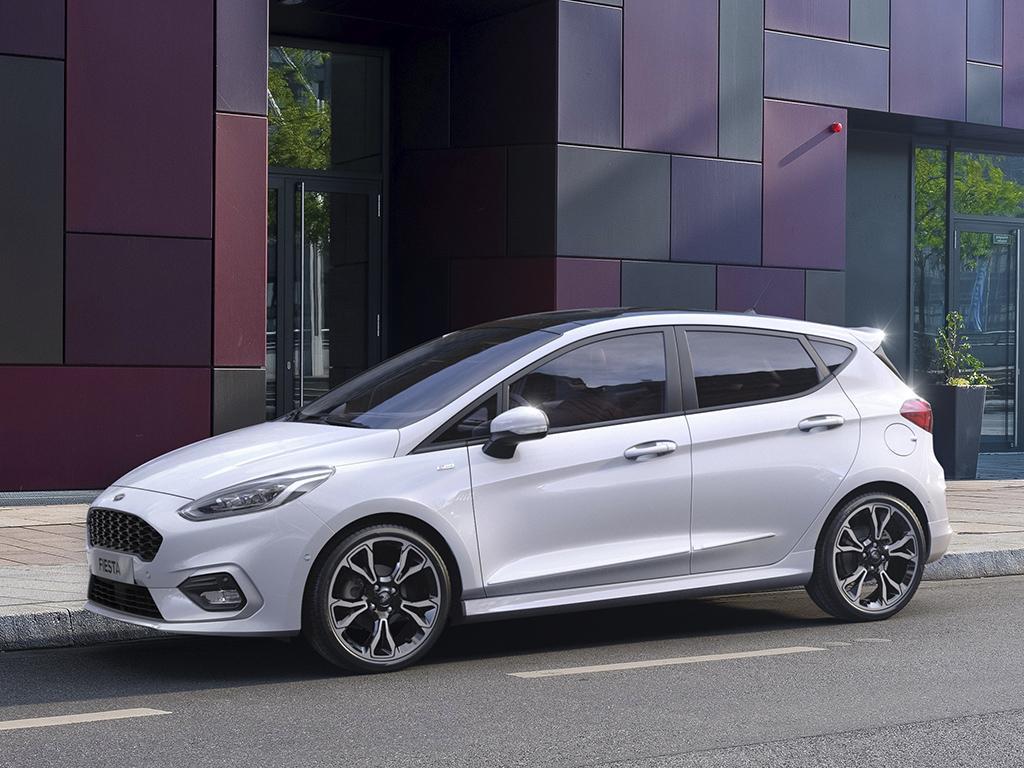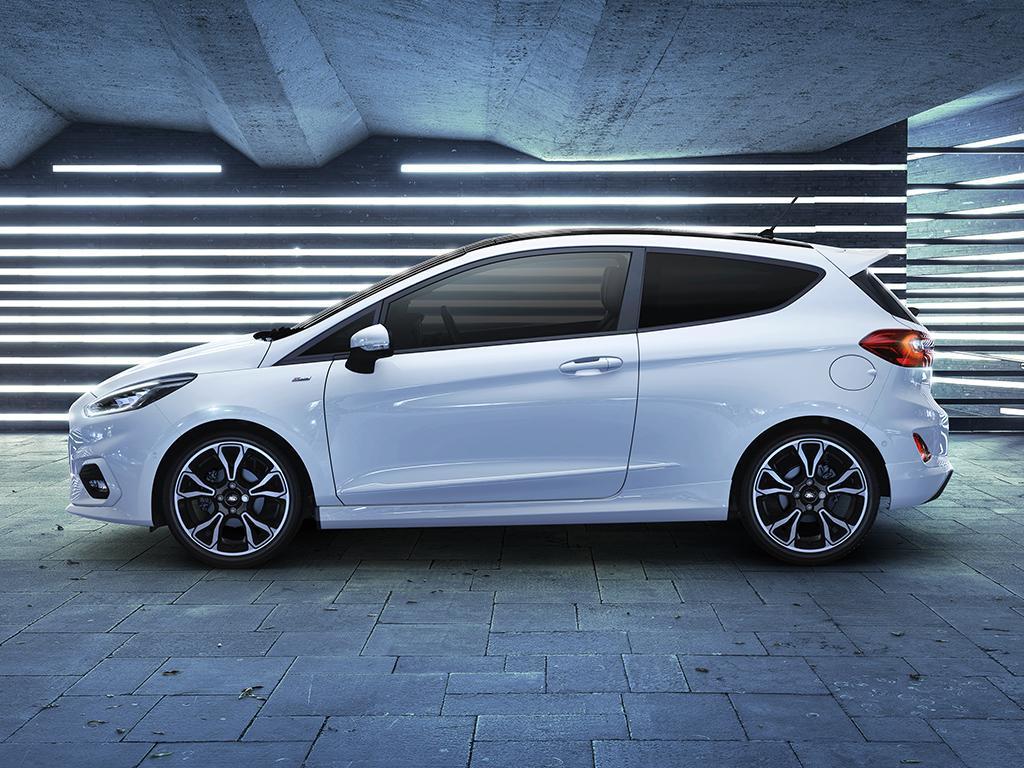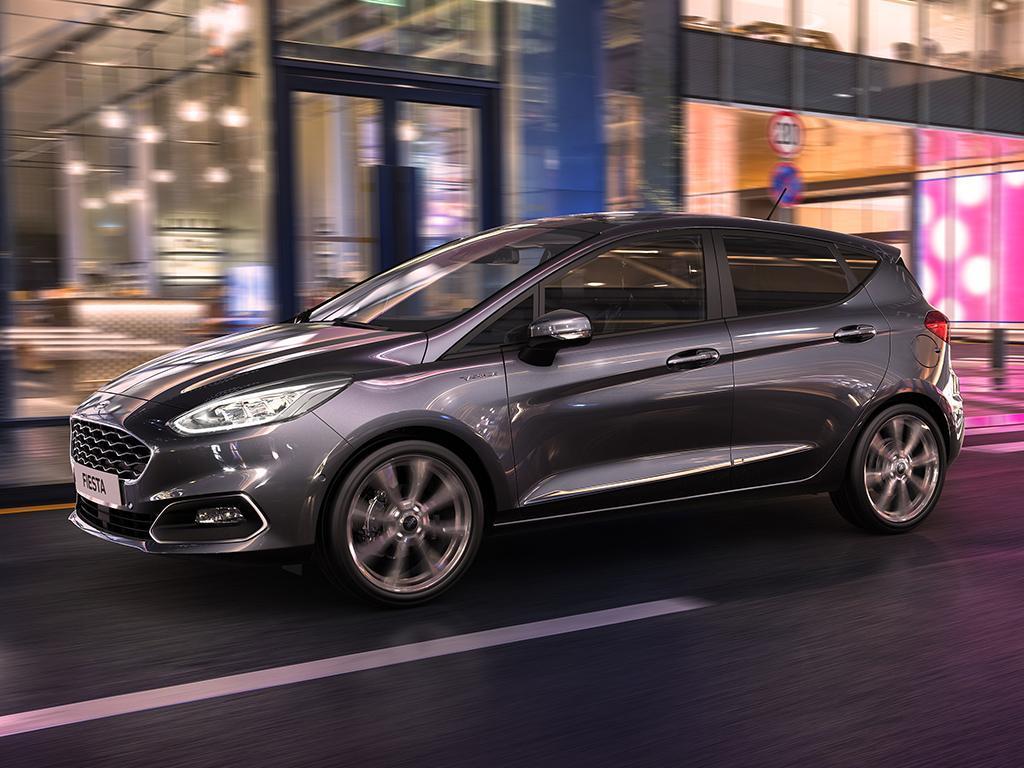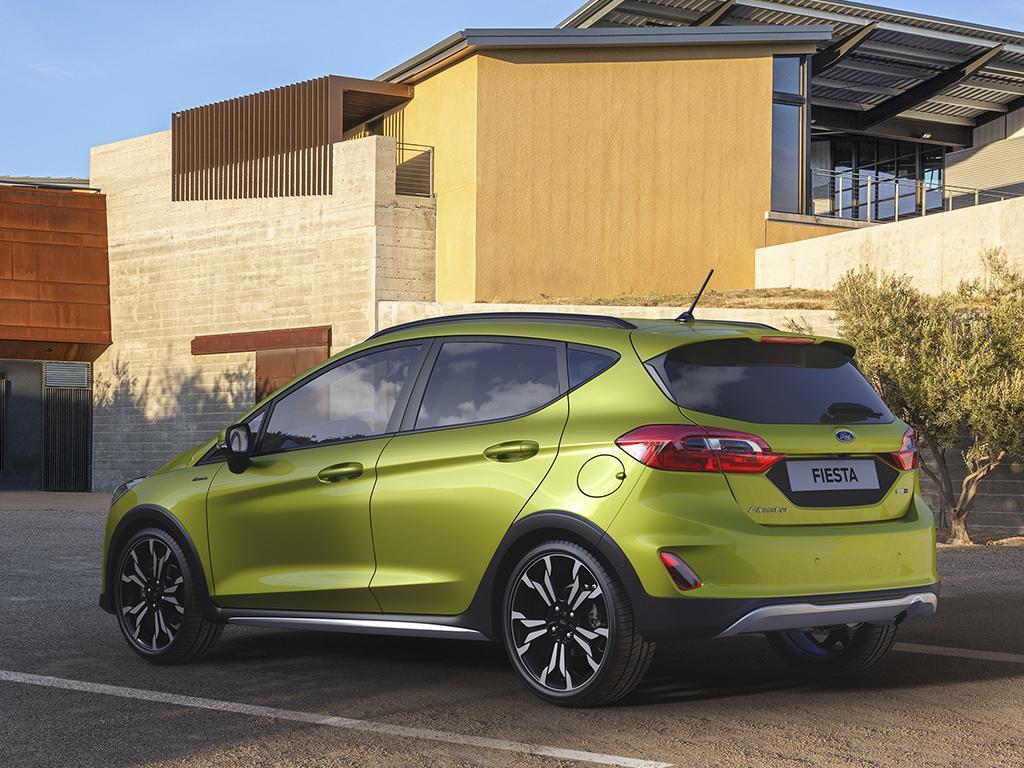Mild hybrid Fiesta delivers 155hp/177lb ft
New 48v tech promises more power and improved efficiency - but costs ST money

Not so long ago, it appeared that mild hybrid technology was the preserve of prestige performance cars only, vehicles like the Audi SQ7 and Mercedes-AMG E53 showing off the benefits of integrated starter/generator, 48v electrical system and storage battery.
Now, though, the tech is really entering the mainstream; nowhere is that more evident than with the introduction of this Ford Fiesta Ecoboost Hybrid. Using the technology first seen in the Puma late last year, the new model is said to bring a near-five per cent improvement in fuel efficiency. Ford says hybridisation also "enhances [the] fun to drive character."

Using the familiar combination of belt-driven integrated starter/generator (BISG in Ford speak) to replace the standard alternator alongside a lithium-ion air-cooled battery pack, the hybridised Fiesta has allowed Ford to lower the 1.0-litre compression ratio and fit a larger turbo. Because the stored electricity can supplement torque at low revs, turbo lag is less of a concern; in fact, because of how the BISG keeps the engine spinning, boost response should be improved once the turbo is active. So that means more power courtesy of a larger turbo, and hopefully less lag because of the hybrid tech - best of both worlds, right?
The most potent 999cc Ecoboost now has 155hp thanks to the new technology, alongside 177lb ft of torque, with 15lb ft contribute purely by the BISG acting as an electric motor. With CO2 rated at 116g/km and WLTP mpg of 55.4 (also aided by new Auto Start-Stop), the most powerful Hybrid Ecoboost is comparable to the 95hp, non-Hybrid model's score of 116g/km and 53.3mpg. A 125hp Hybrid model is also offered, promising 109g/km and 57.6mpg. Which all sounds very encouraging, though there's no mention yet of what the 48-volt technology adds in weight - let's hope for something negligible, that doesn't compromise the Fiesta's energetic nature.

The Hybrid has been introduced to the Fiesta range as part of a wider range facelift. So cylinder deactivation is now standard on all the three-cylinder Ecoboost models, a new seven-speed dual-clutch option replaces a six-speed auto and a raft of additional active safety tech is now available. This includes Adaptive Cruise Control, Cross Traffic Alert and Perpendicular Park Assist, all said to make the Fiesta "easier to enjoy than ever."
So, what's the catch? Well, the new mild-hybrid technology doesn't come cheap, with prices starting at £19,860 for a Fiesta Titanium Ecoboost Hybrid - more even than the old 140hp ST-Line models. And a modest improvement in fuel efficiency is going to take a long time to recoup the extra money doled out at the point of sale. Still, a sub-ST Fiesta that promises both improved performance and efficiency is not to be sniffed at, especially given the lofty bar already established. We eagerly await a test drive, and then to see what Mountune can do with mild hybrid tech - it had the 1.0-litre to 165hp already, so similar gains would deliver 180hp in the top spec model. Which would go a long way to justifying that ST-level price...

Hopefully the avg consumption is around the promised 55mpg (to be able to do the efficiency thing diesels do so well) as this is a much more engaging proposition compared a diesel engined model with similar power.
As for weight increase... the batteries aren’t heavy, the BISG’s are a bit though. I’d bet the car is 100kg heavier at the most.
As for weight increase... the batteries aren’t heavy, the BISG’s are a bit though. I’d bet the car is 100kg heavier at the most.
Comparing the performance, standard equipment, space, comfort, reliability, fuel economy and safety of this mild hybrid one to that 1990 car, the modern car is incredibly good value for money.
why bother ?
First - Ford's fleet average (to reduce direct taxation on Ford)
Second - Lower road tax for purchasers
Third - Company car Benefit In Kind tax
Potentially a difference in local city taxation depending on location.
From what I gather with the Puma, the torque fill at the low end is a nice perk and generally makes it nicer to drive.
Also, isn't the bigger turbo going to burn more fuel when driven with enthusiasm?
Comparing the performance, standard equipment, space, comfort, reliability, fuel economy and safety of this mild hybrid one to that 1990 car, the modern car is incredibly good value for money.
Gassing Station | General Gassing | Top of Page | What's New | My Stuff



